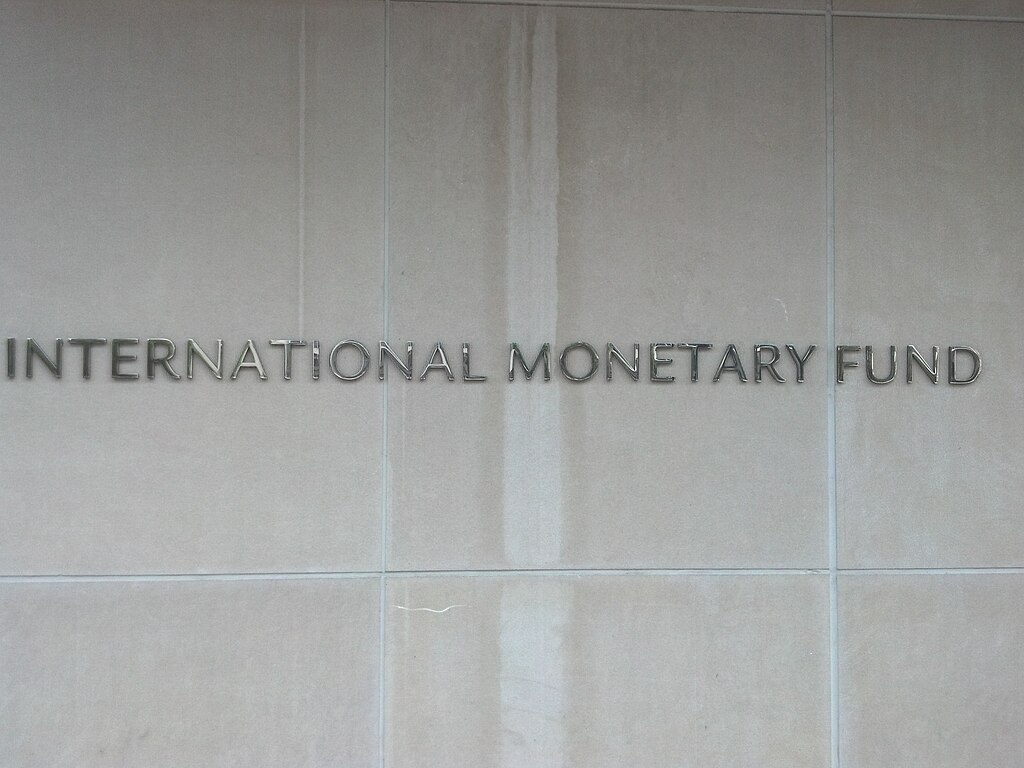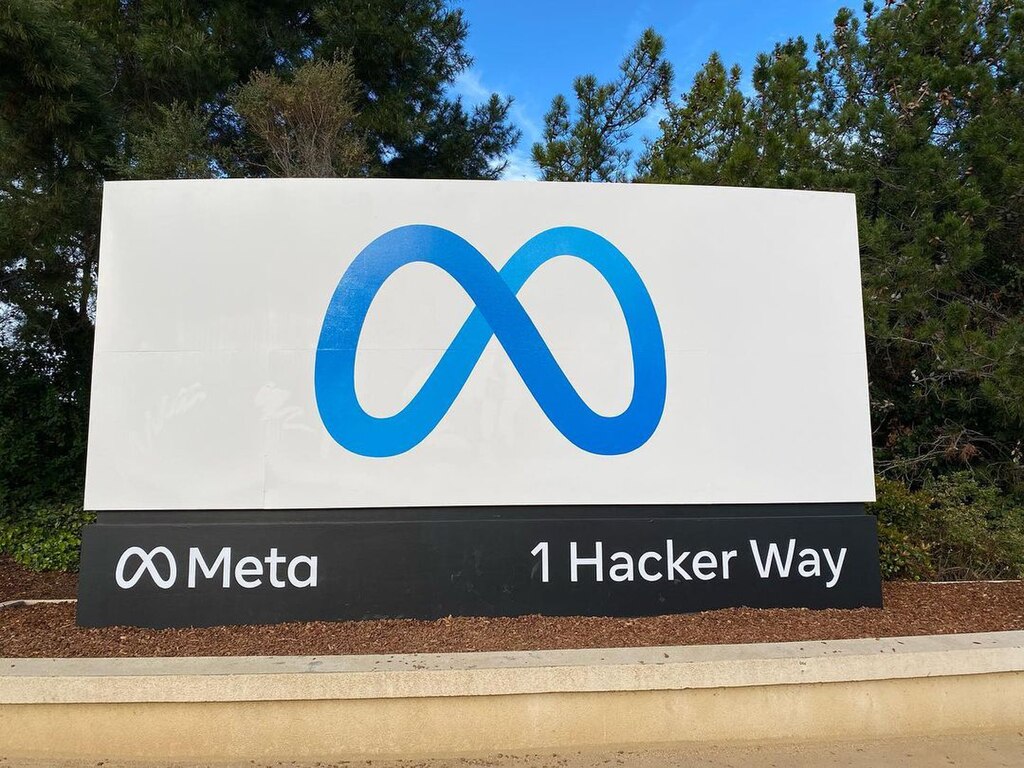Paxos, the issuer behind PayPal’s PYUSD stablecoin, accidentally minted an astonishing $300 trillion in PYUSD tokens—far surpassing the total global money supply. The firm swiftly corrected the blunder, burning the excess tokens and minting a far smaller $300 million shortly afterward. Paxos attributed the mistake to user error, likely a “fat finger” typo, and confirmed that no malicious activity occurred.
While the immediate damage was contained, the event has reignited debates about the stability and transparency of the broader stablecoin market. The incident exposed a glaring flaw: most stablecoin protocols, including PYUSD, can mint tokens without on-chain proof of reserves. This means that issuers are not technically prevented from creating tokens beyond their collateralized value—an issue that contradicts blockchain’s supposed “trustless” nature.
Industry observers argue that mechanisms could easily be coded to prevent such incidents. However, issuers like Paxos may resist implementing stricter, Web3-native safeguards that could limit flexibility or reveal reserve details. This isn’t the first time PYUSD has faced scrutiny. Roughly a year ago, the token’s market cap dropped 40% without clear explanation, further damaging investor confidence.
The timing of this mishap is particularly sensitive. The stablecoin market is expanding rapidly, with increasing attention from regulators and institutional investors. Yet, despite its scale, transparency remains minimal. Even major players like Tether have yet to complete a full third-party audit, leaving lingering doubts about the industry’s accountability.
Paxos’ accidental $300 trillion minting underscores the urgent need for verifiable reserve systems and automated safeguards. Without these protections, such “user errors” risk undermining the credibility of stablecoins and their potential to bridge traditional finance with decentralized ecosystems.



























Comment 0